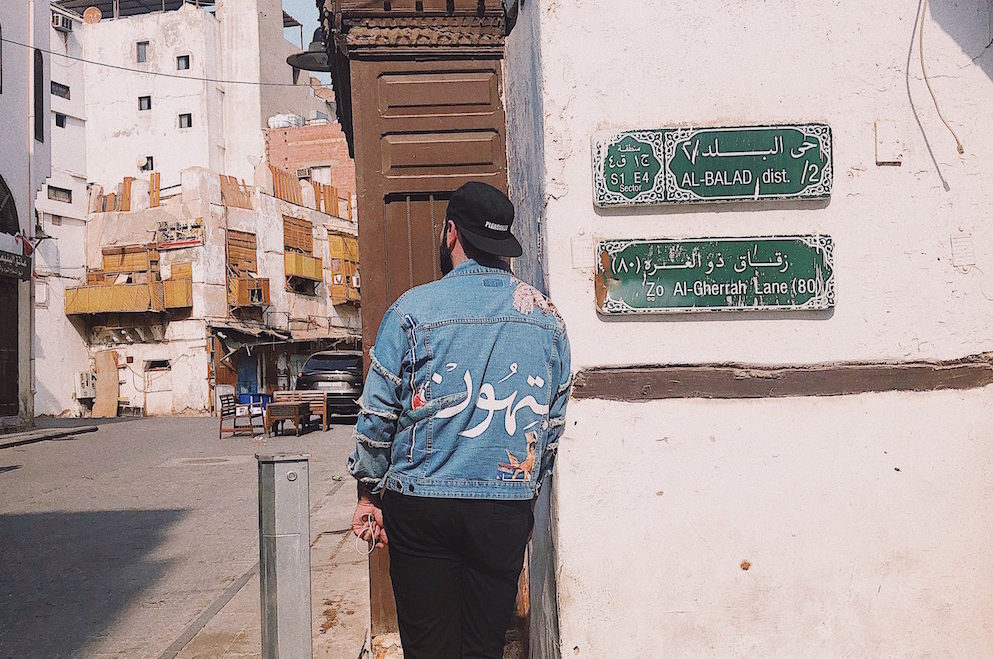
Fashion
THIRD CULTURE CO – A Celebration of material heritage
Third Culture Co is a clothing concept that recounts compelling stories through its designs. With a regional focus on the Middle East, Third Culture Co works with a broad array of artisans to tell tales that permeate borders, uniting diasporic communities through items of clothing that speak of culture, heritage and belonging. Their collection Syriana for instance revives the ancient Damascene craft of Breem, a type of embroidery traditionally employed in décor but innovated to couture through a unique collaboration with designer Nasiba Hafiz. We posed a few questions to founder Shaima Shamsi, a self-proclaimed Third Culture Kid who translates her experience living in between cultures into designs that champion diversity and inter-cultural dialogue.
By Salomé Aubergé
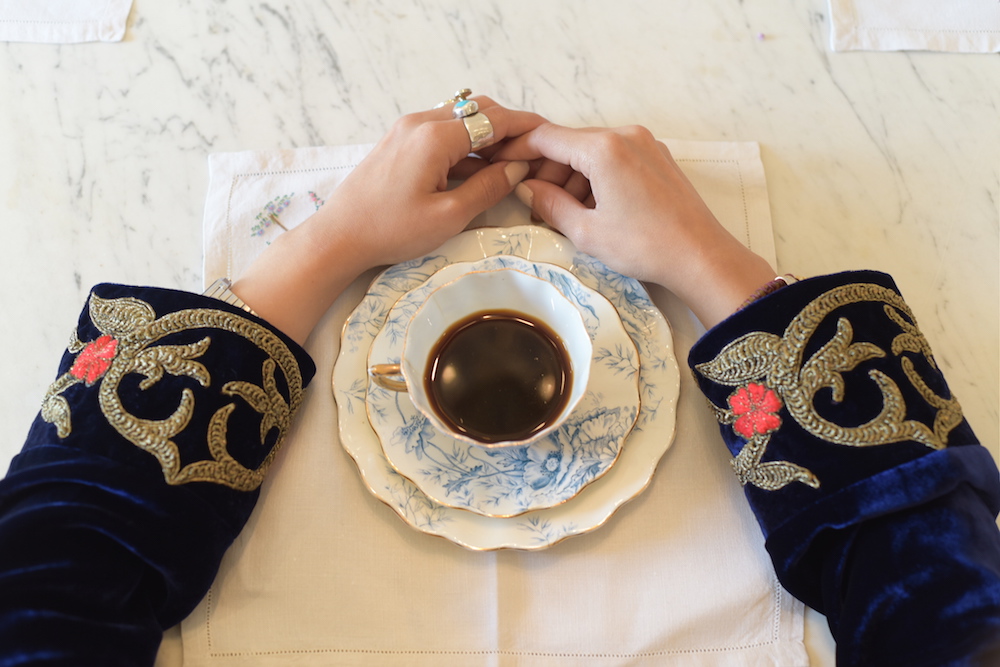
How was Third Culture Co conceived and brought to life?
Third Culture Co was a tiny idea I had whilst still at University in 2011. I wanted to translate the emotion of feeling like a Third Culture Kid specifically from the region. It started off with my first collection, which did just that using sequins, beads and gold thread embroidery; I conceptualized people and cultures tied together where one didn’t exist without the other.
The core of what we do today was planted from the very beginning, to craft “conceptualized wearable art”. People, places and cultures were always my core inspiration. Being a Third Culture Kid born in Saudi with Indian roots, and having spent half my life in the UK, I was lucky enough to have felt rootless and free but cursed with having to define where I was “really” from, having to justify to people why I didn’t look Indian enough, or speak good enough Arabic or Urdu. This all contributed to my interest in cultural anthropology and the subtle art of conceptualism.
Conceiving a brand that spoke not of its origins as we necessarily do as humans, but of stories, through relatable items of clothing. Some of people, others of places, experiences, realities, cultures… Fashion then became a canvas for social dialogue, crafted with three core values; meaning, purpose and value.
You seem to collaborate with various socio-developmental organizations across different countries, how do you forge such connections and work together to deliver clothing for a cause?
At Third Culture Co we avoid labels and titles of identity. I feel like it can be quite limiting to define yourself through a strict prism when the entire world is yours as much as anyone else’s. We aspire to create abundance through our collaborations with creative talent. Every person and every idea is always welcome. I have always believed collaboration isthe best competition, it may not always be easy, but it is always worthwhile.
To our own surprise most of our collaborators have approached us to conceptualize with them, for them or to be part of what we may already be exploring. Other times we have simply invited organizations or individuals to collaborate with us, and most of the time after hearing about the concept behind the project, they accept with pleasure. We always ensure transparency and equality in our collaborations, happily sharing resources equitably.
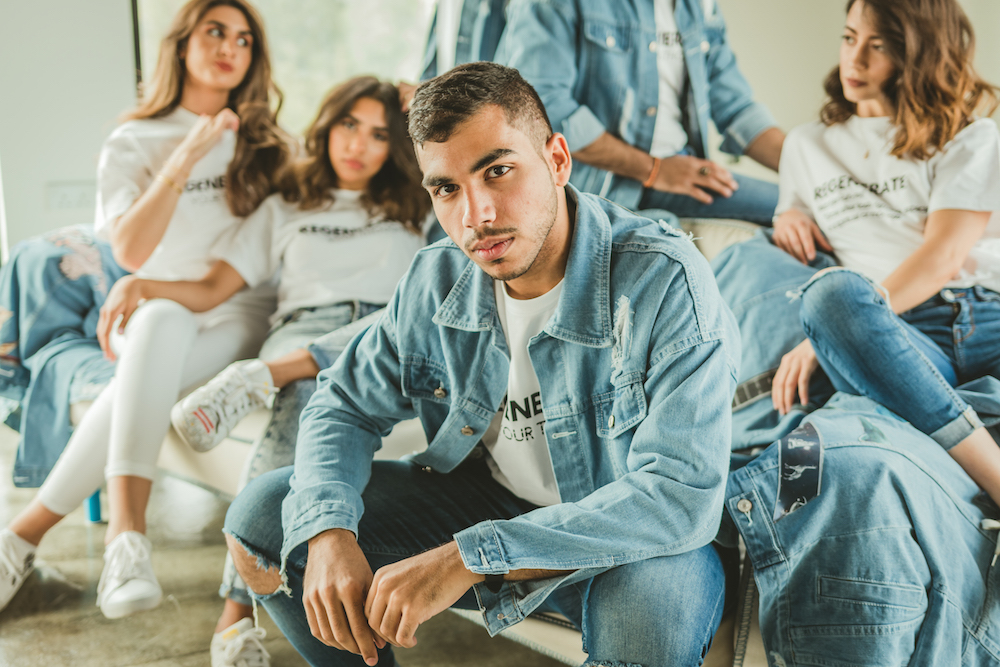
Your clothing ranges celebrate sartorial heritage, and culture more broadly, in many different corners of the globe. How do you select regions to focus on and explore through your designs?
For the past three years we have kept our focus dominant on the region, realizing there is so much to explore, learn and create with the treasures we have buried in our soil. We seek to nurture people and places through our designs, paying homage to relative truths unearthed in each place. Syriana for instance has been a project very close to my heart.
I’ve never been to Syria but have crossed paths with its culture, food and people multiple times; experiencing a certain truth of this country and forging a love for it through this truth. I wanted to create a collection that told its story, if not to the world then to those who were feeling what I was seeing and experiencing.
Do you work with many different designers/ artisans?
Yes, I believe that is what makes us unique. Considering the fast-changing state of affairs in the Middle East at the moment, we need to remember that there is power in numbers; unity is the strength we need to re-master. One can have an idea but it takes many to create an impact.
We have worked with artisans in India, Pakistan and currently in the United Kingdom as well. We recognize and cherish the skill and talent they pool together, helping make each collection we produce meaningful.
There seems to be a strong element of uniting diaspora communities through your clothing lines, by tapping into a sense of shared cultural identity, belonging, perhaps even longing… is this a motivation behind your work?
It most certainly is, and it makes me so happy that you noticed that. The ease of travel and movement in the 21st century has been truly transformational in my opinion. Borders no longer limit us, but the restraints they cause do. Few people are from a single place anymore, we all carry parts of where we have been, who we have met and what we have experienced within ourselves, picking and choosing a lifestyle that is most fulfilling to who we are, helping us to design the life we want to live.
Trade routes united us with the riches of global cultures; things are always in motion, making the longing to belong less complex and relative to our nature.
Do you sell all of your items or are some just for show?
All items created have been available for purchase, however because we are slow fashion advocates and therefore don’t do mass production, we don’t roll out a new collection every season. Some collections take a year in the making while others can take up to 3 months, depending on the depth of the concept and number of collaborators on each project. With our latest collection “Lam Shaml”; a line of silk scarfs in collaboration with a Saudi scarf brand “Foulad”, we managed to stock the items on our website, on theirs, at the Bahrain Museum, Crate KSA, Tilly’s Concept Store Bahrain and are currently in conversation with more museums to stock them as well.
There have been a few concepts I have created as an experiment but did not carry forward into production since their purpose and usability was limited.
Cover picture: Ali Cha’aban in Third Culture Co.
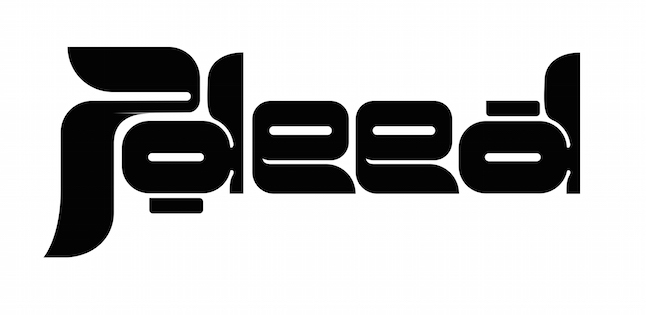
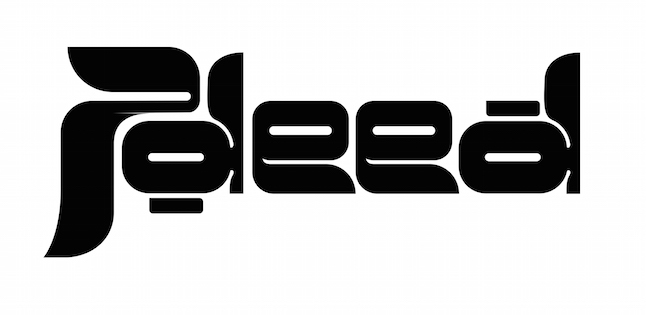

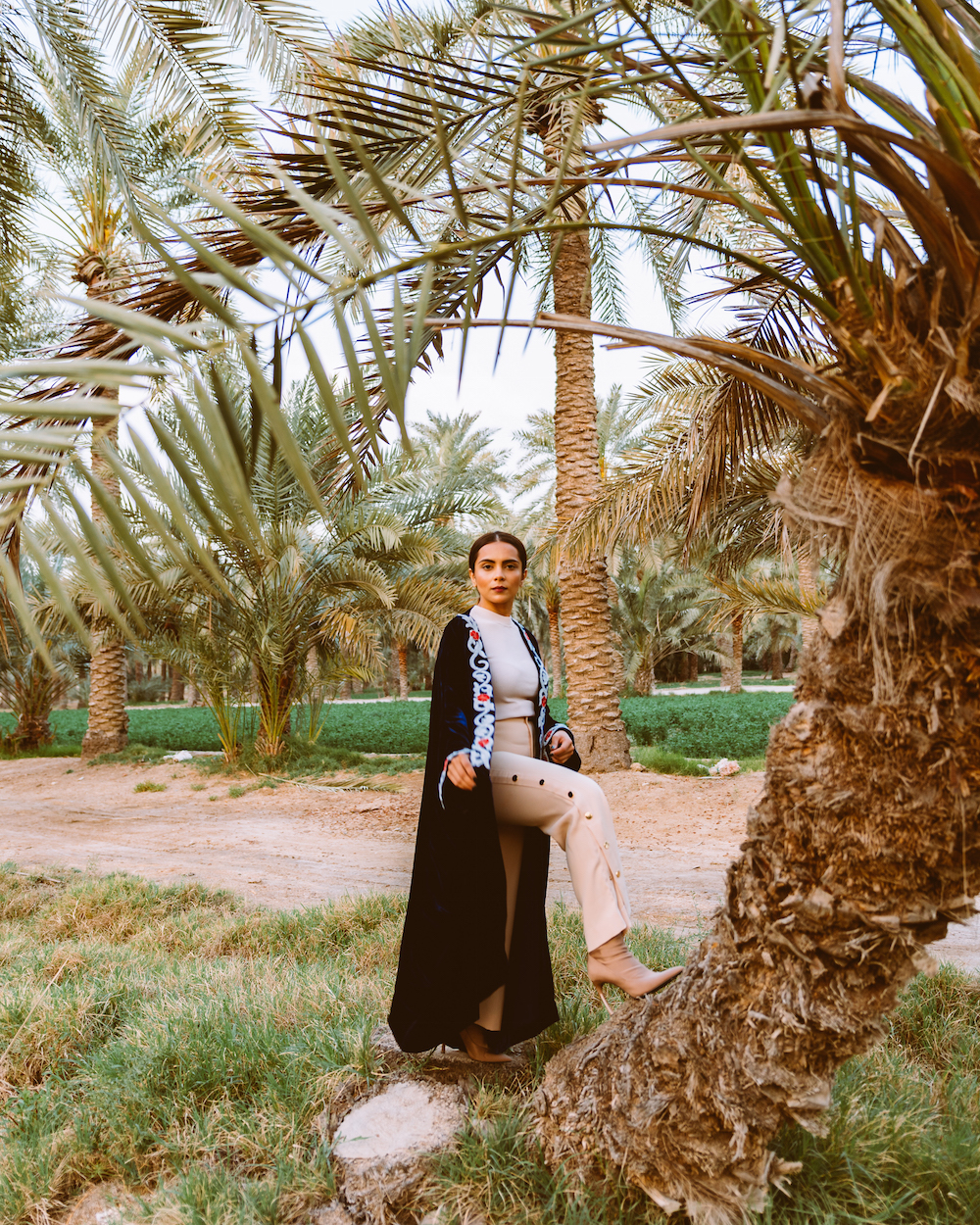
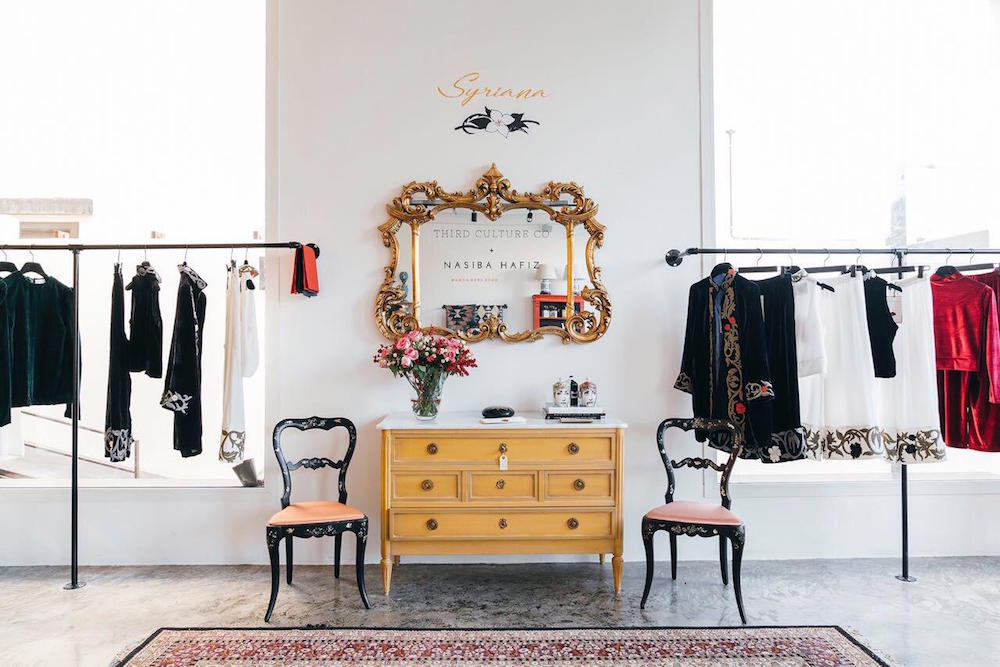



0 comments